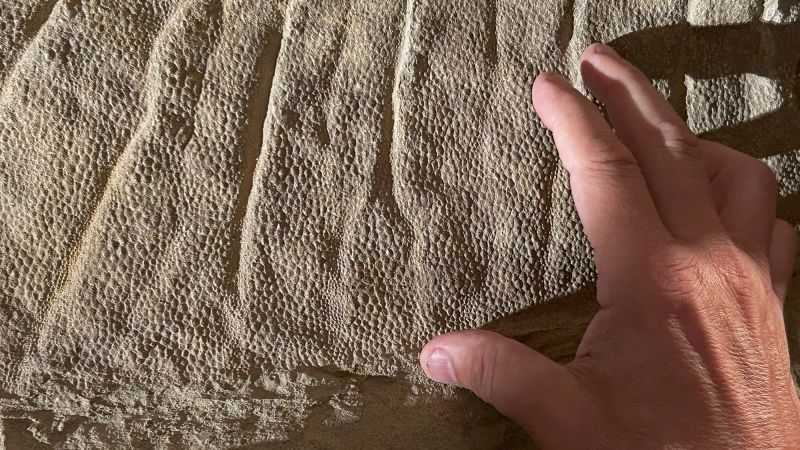In the badlands of eastern Wyoming, the Lance Formation is a trove of prehistoric fossils. And one area in particular — a region less than 10 kilometers (6 miles) across — has provided scientists with at least half a dozen remarkably well-preserved dinosaur specimens complete with details of scaly skin, hooves and spikes.
The paleontologist Dr. Paul Sereno and his colleagues dub it “the mummy zone” in a new study that aims to explain why this particular area has given rise to so many amazing finds and define exactly what a dinosaur “mummy” is.
In the early 1900s, a fossil hunter named Charles Sternberg found two specimens of a large duck-billed dinosaur, Edmontosaurus annectens, in the Lance Formation. The skeletons were so pristine that Sternberg, along with H.F. Osborn, a paleontologist at New York’s American Museum of Natural History, could make out what appeared to be large swaths of skin with discernible scales and a fleshy crest that seemed to run al
Continue Reading on CNN
This preview shows approximately 15% of the article. Read the full story on the publisher's website to support quality journalism.
